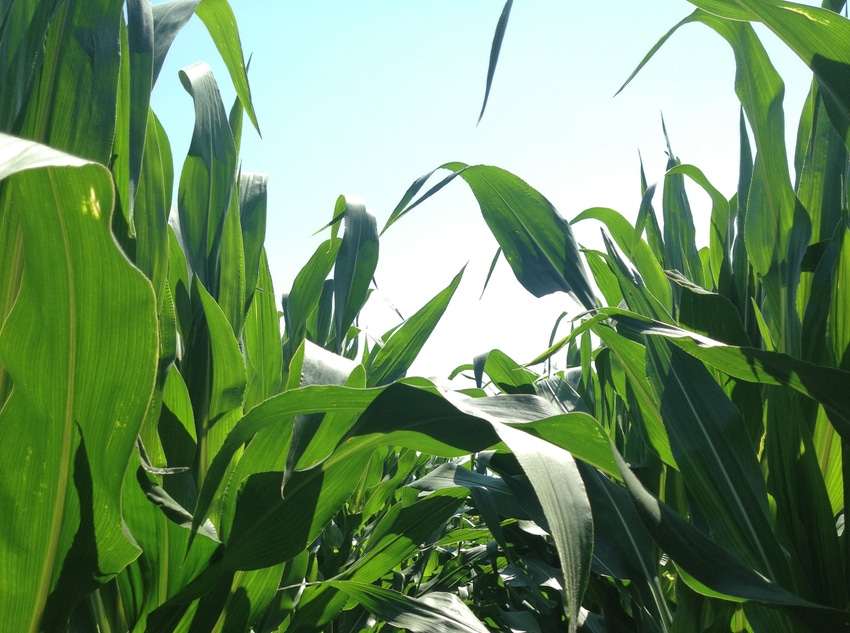August 5, 2019

A new report from USDA’s Economic Research Service analyzes the Agriculture Risk Coverage and Price Loss Coverage programs.
The report, Potential Variability in Commodity Support: Agriculture Risk Coverage and Price Loss Coverage Programs, was prepared by David Boussios and Erik J. O’Donoghue.
What’s the issue?
The Agricultural Act of 2014 shifted farm support payments from mostly fixed amounts to the Agriculture Risk Coverage and Price Loss Coverage programs, which provide income support conditional on market outcomes. The 2018 Farm Bill continued these programs. Since these programs are tied to market outcomes, future payments are uncertain. However, in the first four years of the programs, producers received $22.5 billion, with support ranging from $2.5 billion to $7.5 billion per year. This report analyzes the likelihood of payments being triggered in upcoming years and focuses on corn, soybeans and wheat.
What did the study find?
Price trends influence expected ARC and PLC payments. Corn and wheat prices are expected to recover slightly, while soybean prices have declined due to recent trade uncertainty. Projected prices indicate higher payments from ARC than from PLC for corn and soybeans over the next 10 years. With wheat prices below the effective reference price, PLC will likely pay more per acre than ARC.
Program costs can vary within a wide range each year. Using farmer election choices made under the 2014 Farm Bill, the projected costs for the 2019/20 marketing year for ARC and PLC combined are: corn (median and average: $245 million and $1.22 billion respectively), soybeans (median and average: $347 million and $1.02 billion), and wheat ($477 million and $680 million). At projected prices, payments for corn and soybeans would be triggered under ARC only. For wheat, payments are likely with either program. If realized corn or soybean prices decline roughly 5% from projected prices, then PLC payments will be triggered. When PLC payments are triggered, the costs of programs jump significantly because PLC payments are triggered nationally.
ARC pays a conditional amount of income support depending on realized county revenuesand benchmark revenue thresholds. The most frequent payment level for ARC is expected at either $0 or the program cap each year.
Farmers in counties where their yields correlate positively with national yields are less likely to receive ARC payments because production and prices provide natural revenue risk mitigation.
How was the study conducted?
Using a simulation approach with the ERS 10-year agricultural projection baseline model, random yield and macroeconomic variable scenarios were simulated to project the distributions of uncertain market outcomes. Using data on county-level yields and macroeconomic variables spanning 1990 through 2017, the approach projects and simulates county-level crop yields across 1,000 draws to estimate the variation in markets and program payments over 10 years, beginning with the 2019/20 crop year. To project the costs of the ARC and PLC program, two base-acre election scenarios are used to analyze how costs may change due to farmers’ choices.
Source: USDA ERS, which is solely responsible for the information provided and is wholly owned by the source. Informa Business Media and all its subsidiaries are not responsible for any of the content contained in this information asset.
You May Also Like




